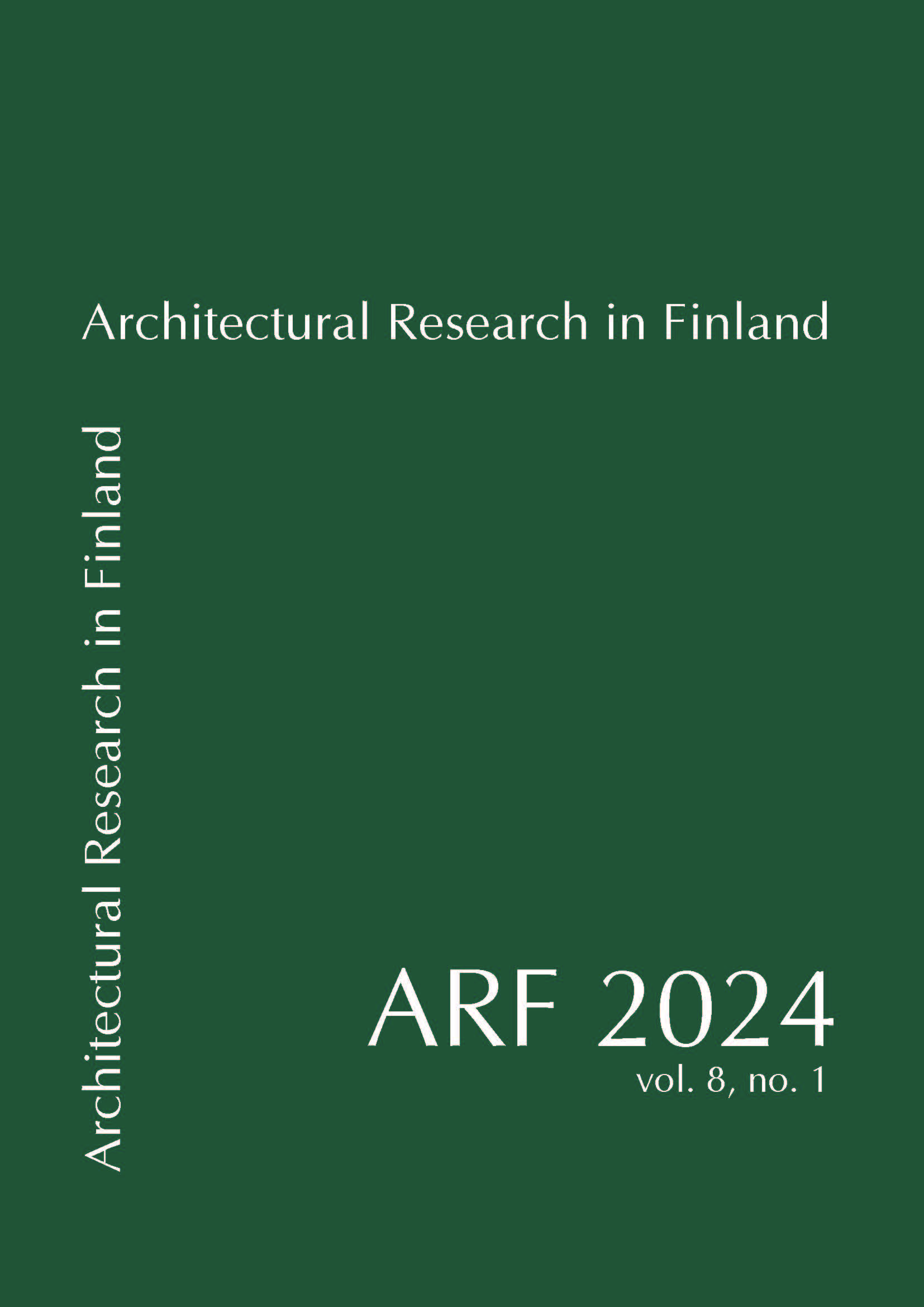Teaching with wood: reconciling future architects with the forest.
DOI:
https://doi.org/10.37457/arf.146881Avainsanat:
timber, architecture education, design-build, sustainability, grounded theoryAbstrakti
The potential of timber to be a strategic material in the pursuit of sustainability in architecture has been demonstrated in recent times by academic research (Ibañez, 2019) and practical experimentation. (Menges et al., 2016) These projects show how an effective use of timber in architecture should be linked to a change of approach towards this material: timber should not be seen as passive and exploitable but rather as a living entity whose complex ecology must be integrated with the design of buildings. Establishing a use of wood that builds on its ecology, rather than opposing and weakening it, can contribute to repairing the relation between mankind and environment. Architectural teaching can be crucial for this goal: design-build and live project initiatives, in which students can confront timber in different stages of design, can give future architects an idea of the extension of the ecology of this material and the environmental implications of its use in the built environment. This paper provides an intellectual framework for a renewed approach to working with timber in architectural education as an effective way of developing a better environmental and ecological conscience in future practitioners. Through a qualitative research approach, this work tries to understand the inspirations, reasons, goals, and commitments of educators choosing to work hands-on with timber with architecture students.




